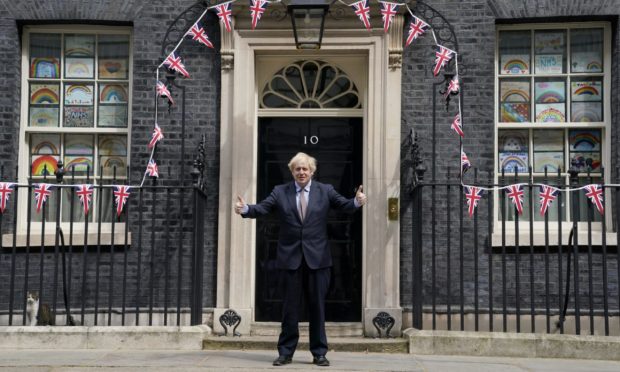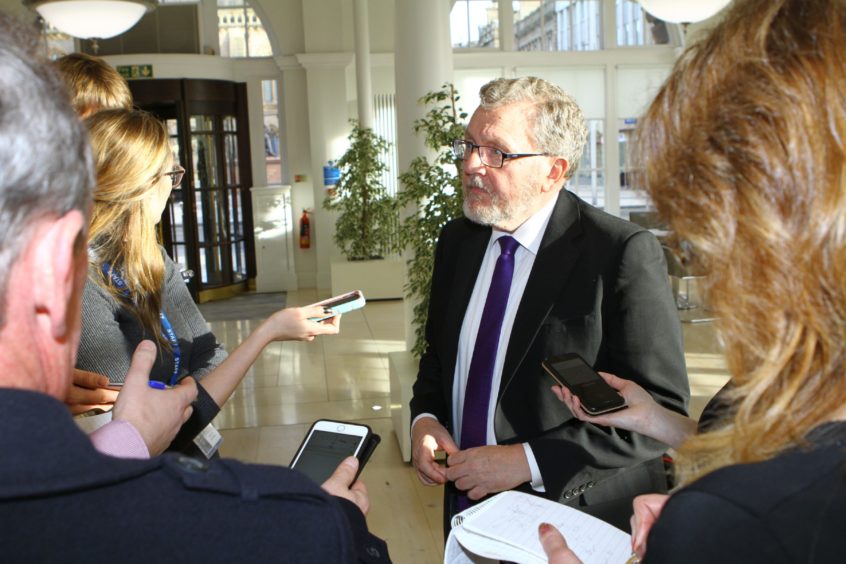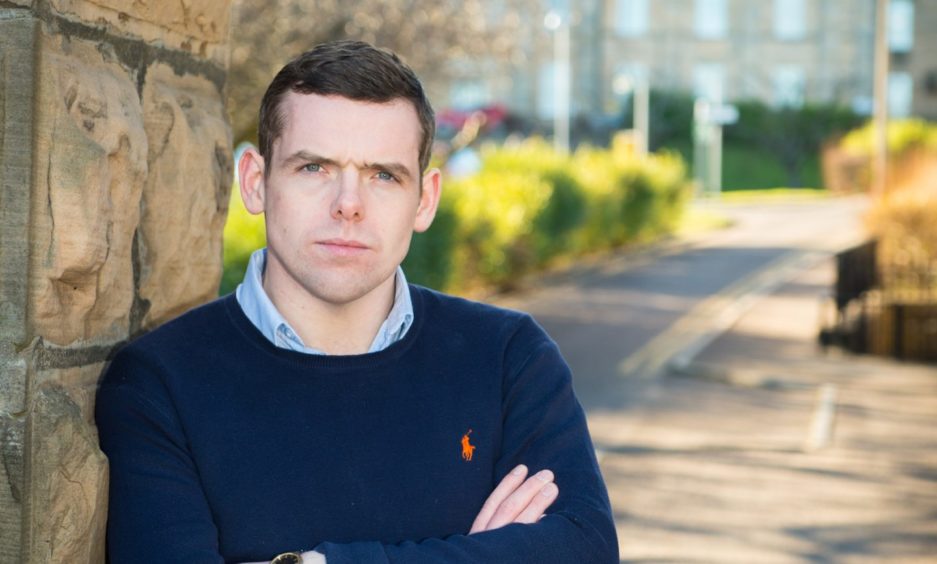As coronavirus took hold of the nation last March and Brits began preparing for life in lockdown, Downing Street was quietly starting to fret over another crisis: the future of the union.
Brexit and the arrival of Boris Johnson in Number 10 had reenergised Scotland’s independence movement, and the lead the unionists had enjoyed for so long in the polls was starting to ebb away.
The 2019 general election saw the number of Scottish Tory MPs fall from 13 to six but, more significantly, the poll saw the SNP return 48 MPs – an undeniable yellow surge that placed independence firmly back on the agenda.
To turn the tide, Number 10 and the Cabinet Office decided to establish a policy unit in the heart of Westminster that would be dedicated to the union.
A former Scottish MP was given sole charge of the “union unit” with a brief to take the fight to the SNP, streamline UK Government policy to make it union friendly and be the behind-the-scenes coordinator/fixer for Scotland.
Eleven months on and that man, Luke Graham, has been sacked on the back of 20 opinion polls showing majority support for independence.
Some have tried to blame Mr Graham for not turning the union’s fortunes around, but the seeds of today’s problems were sown many years ago.
Multiple sources have told me the problems really began with Theresa May’s arrival in Number 10.
‘Clear and present danger’: So why did Theresa May go all Harrison Ford?
Right from the off there were clashes between Ruth Davidson’s office and May’s then-top adviser, Fiona Hill, who is from Greenock, over the direction of the Scottish Tory party.
Johnson’s arrival saw things go from bad to worse. The prime minister’s team distrusted the Scottish party, they saw a lot of Scottish Tories as “remainers” and a hindrance to Johnson’s “Get Brexit Done” government.
Lost at sea
That distrust manifested itself in the sacking of Scotland Office veteran David Mundell, who had been in Dover House since 2010.
Mundell’s departure was soon followed by Davidson’s exit in Edinburgh and for a while the case for the union was “lost at sea”, with the focus in Westminster squarely on Brexit.
Since the completion of the Brexit deal, there has been a scramble in Number 10 to get back out in front.
Following Mr Graham’s sacking, Number 10 gave Oliver Lewis, a Vote Leave protégé of Dominic Cummings, the union unit.
Sources who know Lewis have said he is “a street fighter” who will “get things done”.
Lewis already has three in his team and was this week given the green light to hire four more members of staff to come up with policies to make the United Kingdom an attractive offer in Scotland.
“He won’t leave any stone unturned in the fight against the SNP,” a Westminster source told me.
But before Lewis and his unit kick into action, it will be the turn of the Scottish Tory party to take on the SNP and the argument for independence at May’s Holyrood elections.
How Douglas Ross performs in May will give Number 10 an indication of how big the challenge to save the union is and will shape the intensity of the campaign they will have to fight this year.
Whatever the outcome, one thing is certain: a couple of union flag-clad visits and a spreadsheet detailing how much Holyrood has been given in Barnett consequentials won’t cut it.
Fear and Lothian: The story of Number 10’s chaotic union strategy
The polls are starting to suggest Scots are ranking sovereignty above money, as England’s Brexit voters did in 2016.
There will need to be much more of an emotive case made for the union this time around and Johnson is not the man for that.
Poll after poll has shown the prime minister is not well received in Scotland, his role as Brexiteer in chief is by far his most damaging trait, but his perceived ill-handling of the pandemic has contributed and, not least, his eccentric style doesn’t land north of the border.
Therein lies the problem. Lewis and his team may well end up drawing up any number of union-boosting policies, but could find they have no one to front them.
If Ross is humiliated in May will he stay on? Does Ruth Davidson want to take on the responsibility of a referendum campaign?
What of the cavalry? Scottish Labour are still naval gazing in their leadership contest and the Lib Dems are a relatively spent force.
So, to answer the question: is Number 10 in panic mode over the union? It would be safe to assume that, yes, yes they are.
Dan O’Donoghue is the Press and Journal’s political correspondent at Westminster.












